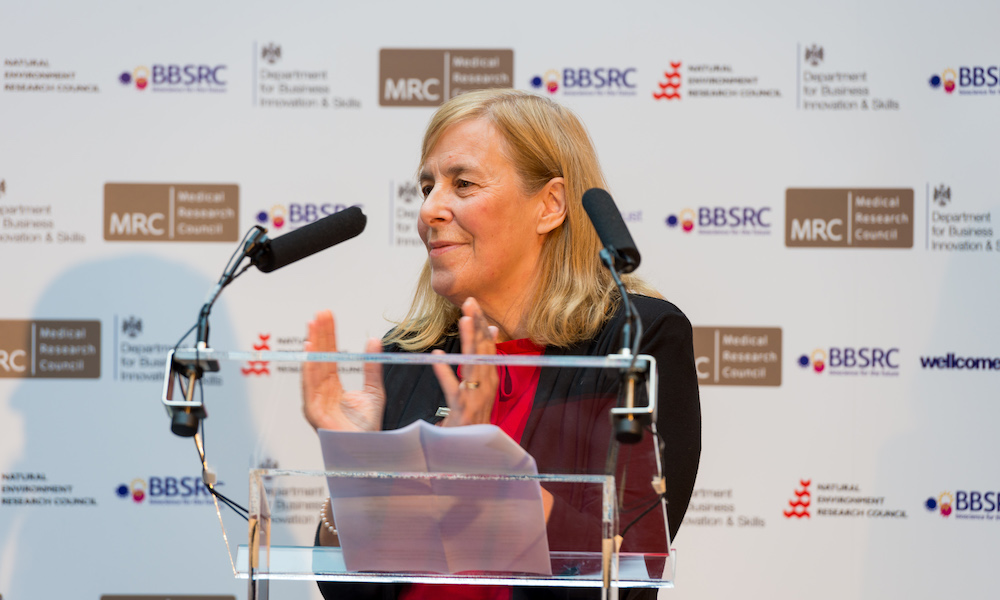Hi, in this and following posts I will be sharing my notes of the sessions of the Plant Biology Europe 2023 at Marseille: https://europlantbiology2023.org
Note: access here the slides of the "Learning to build and interrogate the pangenome of Brachypodium distachyon" talk.
03072023
Uncovering the hidden half of plants: discovering novel ways roots sense and adapt to heterogeneous environments. Malcolm Bennet.
Talks about xerobranching (https://pubmed.ncbi.nlm.nih.gov/30270188), a mechanism to control root branching in water-deprived soil layers. This is initially controlled by phloem-produced ABA [compamion cells] that travels to the root and triggers an auxin response in the epidermis [plasmodesmata] (https://doi.org/10.1126/science.add3771). They have used air-gap experiments to show this is conserved across angiosperms.
In the 2nd part of the talk he talks about how soil compaction inhibits root growth and produces actually wider roots. However, in mutants unsensitive to ethylene, roots can actually overcome compaction. It seems that growth arrest is actually an ethylene response. Plants sense compaction by gauging gaseous ethylene diffusion in the soil (root radar signal). He is asked whether growing through compact soil actually damages the root. His answer is that natural variability suggests that damage is not the main driver or these mechanisms.
He goes on to stress we need to consider plant + soil + microbes to answer any root questions, so we should all talk to soil and microbe scientists.
A central role of root symbionts: the plant response to environmental stresses. Raffaella Balestrini.
Explains how strigogalactones produce by the root trigger the fungus infection during mycorrhiza establishment. Transcriptional landscape changes before -> after, revealing that [plant, fungus] redundant transcripts encoding P-transporters ate upregulated. She shows experiments with Lotus japonica + Gigaspora. She moves to explain that AM symbiosis increases drought resilience, but it’s a process we still know little about, as responses depend on genotype interactions. She mentions https://doi.org/10.1126/science.aaz5192 and https://nph.onlinelibrary.wiley.com/doi/full/10.1111/nph.18281. She explains that infection in tomato affects also stomata density.
They are now working in a consortium that will produce tomato seeds coated with priming chemicals [including salicylic acid, which affect spore germination] and fungal spores to maximize stress resilience of adult plants. She mentions https://doi.org/10.1016/j.tplants.2022.06.004 .
Fusing genome simulation and crop models for computer-aided breeding in future environments – Arnaud DESBIEZ-PIAT
Talks about training genomic prediction models with 10-cross validation as part of a virtual breeding platform. They get the genotypes ranked correctly, but has a 3d biass in anthesis date. Explores the effect of simulated and real recombination and models (rrBLUP vs Bayes) on the correlation of traits. He says that automatic phenotyping of germination rates is very hard. The goal is to keep genetic gain > errors.
Pervasive Under-Dominance in Gene Expression Underlying Emergent Growth Trajectories in Arabidopsis thaliana Hybrids– Wei YUANAs Daniela Ristova, uses Biorender.com to make summaries. In her experiments comparing F1 hybrids to inbreds she finds less additive genes than dominant ones [hybrids have larger rosette areas]. She finds that promoters with more rare alleles have lower expression [allele freq as a proxy of deleteriousness], with hybrids with less rare alleles performing best. Paper soon out in Genome Biol?
Reconsidering photoperiod-sensitivity (PS) for maize adaption to climate change– Justine DROUAULT
Hypothesis: tropical maize could be re-introduced into temperate maize to increase adaptation in the face of climate change. She shows that selection towards PS indirectly selected also for other traits, such as plant height, etc. She classifies haplotypes according to their PS. She finds that tropical genotypes can reduce thermal time to flowering, but effect depends on background genotype.
Plasticity of root permeability for nutrient acquisition. Marie Barberon.
She explains the plastic role of suberin diffusion barrier in the root, citing https://www.pnas.org/doi/10.1073/pnas.2101730118. A set of at least 4 MYB factors control (ectopic) suberization: 41,53,92,93. They cannot do single-cell as they cannot produce viable protoplasts of their root cells.
Polygenic selection and the evolution of gene expression in Arabidopsis Iyrata. Juliette de Meaux.
Inspiring talk on how her group is taking advantage of the Arabidopsis genomes (thaliana, halleri and lyrata) to study gene dominance. She starts by explaining that most genetic variance is deleterious and probably cannot be removed due to drift and the inability of selection to eliminate it. She shows that genes that show dominance display less Ks (more constrained) and that, conversely, additive genes, with smaller phenotypic effects, show larger Ks values (https://europepmc.org/article/ppr/ppr453330). She refers to https://www.nature.com/articles/s41467-021-23558-2, where they compare sterile hybrids of those species to classify cis variation. In outlokk, she favors future focus on many genes with small additive effect but large collective weight.
Changes in competitive ability over the course of durum wheat domestication are mediated by plant functional traits– Taïna LEMOINE
She studies Triticum monococcum, T. dicoccoides, T. turgidum landraces and T. turgidum elite varieties to measure their i) performance and ii) trait plasticity in the face of stress. She finds that domesticated materials performs better overall, but in terms of individual trait plasticity, wild material show larger variability, which suggests that breeding with a view of individual traits can still make gains from wild materials.
Horizontal gene transfer in Hordeum species– Marek SZECÓWKA
Hordeum species acquired DNA from panicoid sources via at least 9 events 5-1My ago. These lineages diverged 50Myr ago (https://pubmed.ncbi.nlm.nih.gov/33484020/). He asks how many accessory genes are from panicoids and what are their roles. So he chops Hordeum genomes in 1Kb bits which are then mapped onto reference panicoid genomes, requiring at least 500b matches (BLASTN, 175b for BLASTX) and high % identity. He then requires >=70% identity and fragments >=5Kb for further analysis.
They have also tracked panicoid TEs in Hordeum genomes and they seem to follow the segments and chromosomes previously shortlisted. They behave effectively as additional confirmation. They have built consensus panicoid TE library for this work.



